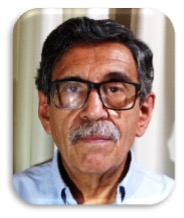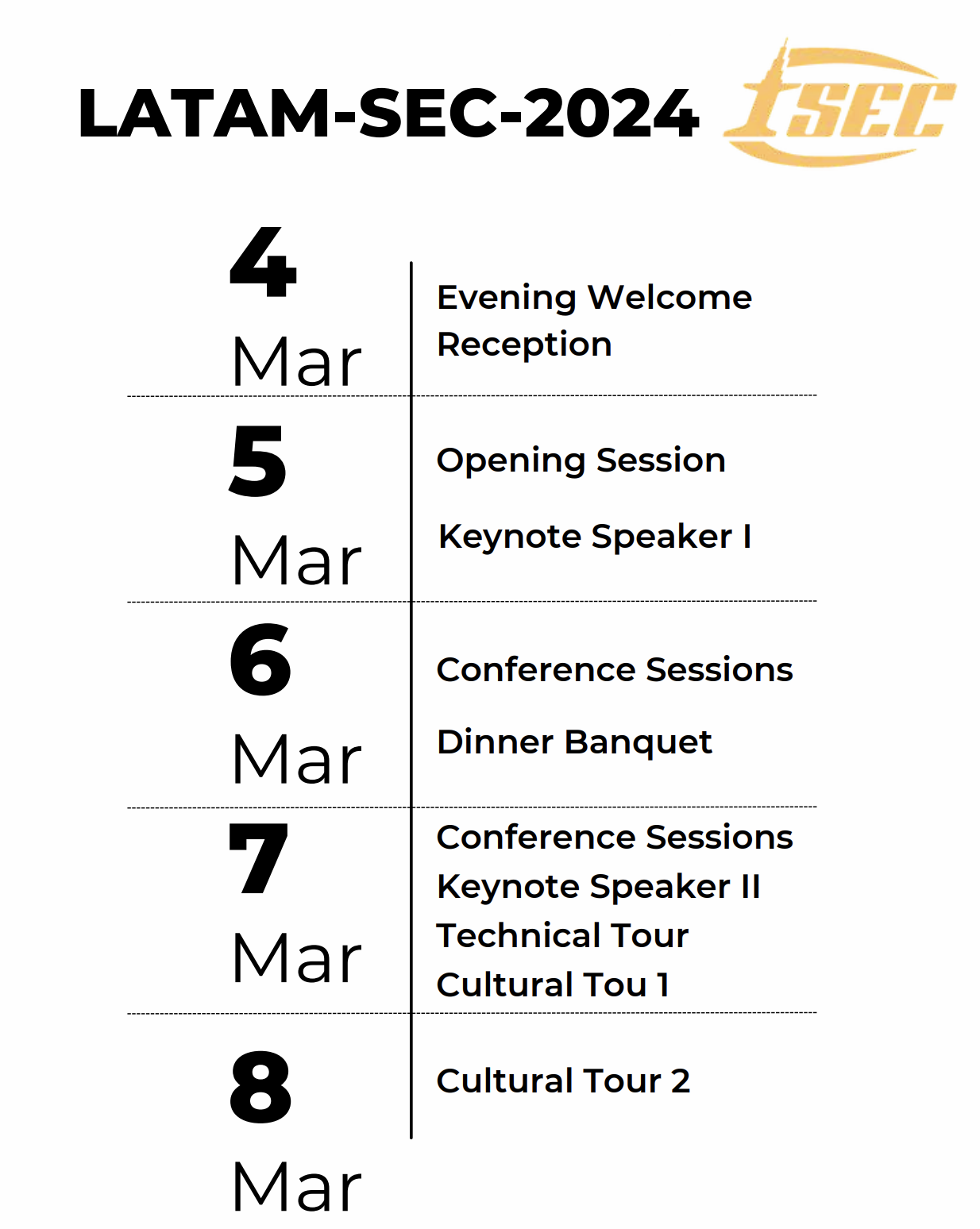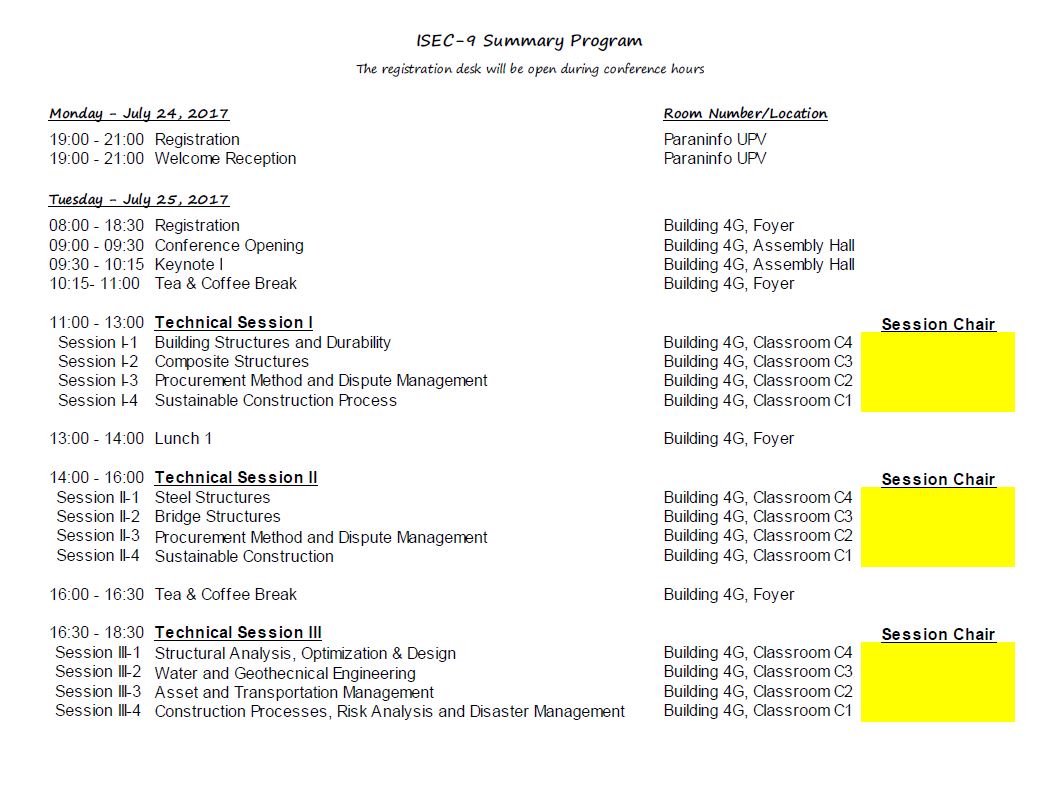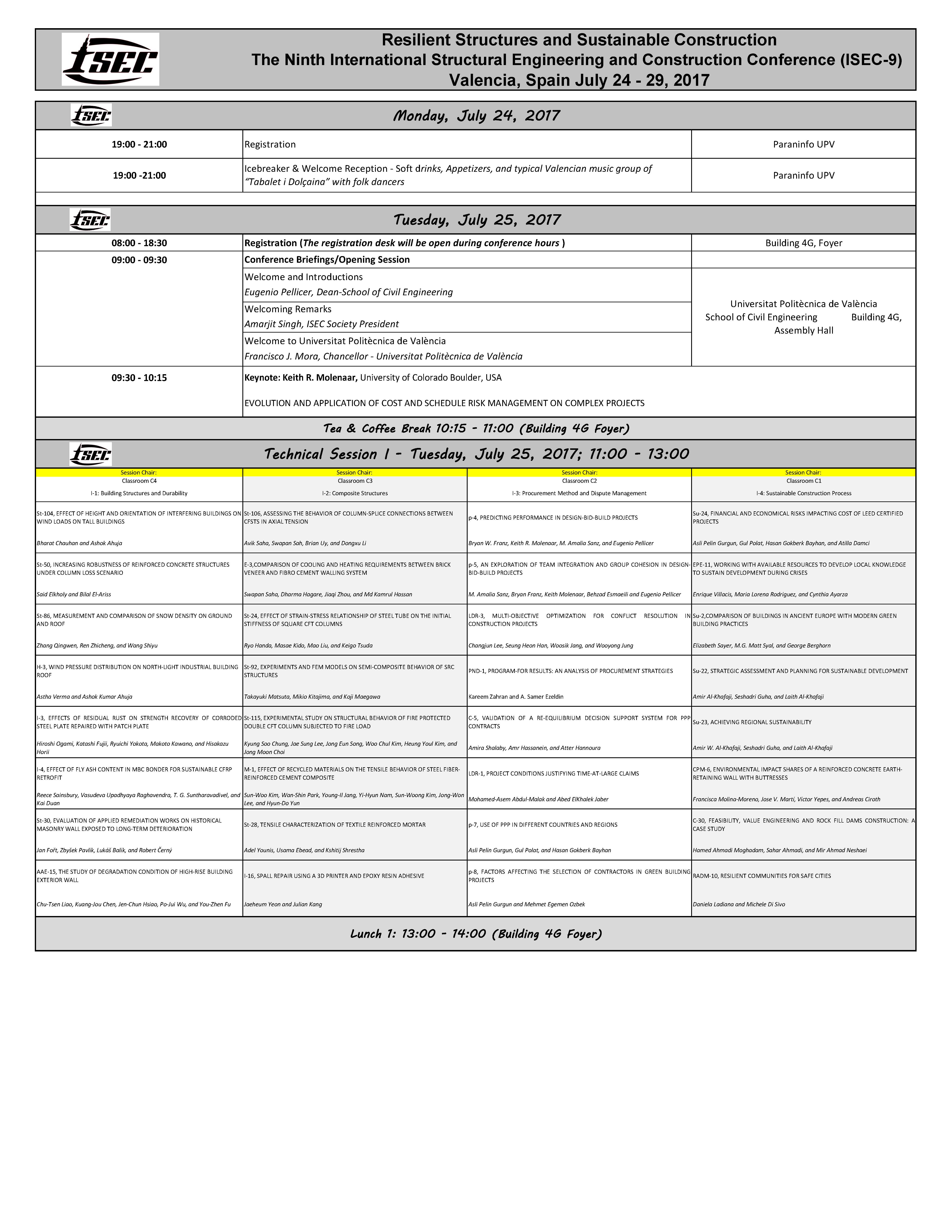Keynote Speakers

Keynote Speaker I - Patricio Cevallos Salas
Senior Consultant
Tecnología Alternativa Studio
ProTERRA Network
Tuesday, March 5, 2024
9:30am - 10:00am
Natural Materials in Construction: An Approach to Environmental and Social Crises
Earthen construction technologies, due to their low impact on the carbon footprint, allow them to be environmentally friendly and due to their high labor use, they allow construction costs to have a greater impact on the income of construction workers and not on the acquisition of industrialized materials that favor large national and transnational companies. The Greenhouse Gases (GHG) emitted into the atmosphere and which are directly associated with global warming, is defined as carbon footprint, with the construction industry being the most polluting, especially due to the production and use of cement. The responsibility of construction companies is to ensure the use of low-impact materials. The increasingly growing trend of generating architecture based on the use of earth, as a basic construction element, allows mitigating GHGs and consequently lowering carbon dioxide (CO2) emissions. Comparing the carbon footprint, of cement and earth based construction systems through there extraction and disposal process combined with the economical consequences of industrialized due to the displacement of manual labor.

Keynote Speaker II - Carlos Celi
Professor
School of Engineering / Civil Engineering
Pontificia Universidad Católica del Ecuador
Wednesday, March 6, 2024
9:30am - 10:00am
Estimation of Damage in Structures of Special Use
This study focuses on the estimation of damage in structures of special use and offers a concise review of techniques used in the seismic evaluation of buildings with fixed base and base isolation. Nonlinear analysis tools and a probabilistic approach, employing parametric analysis adjusted to a lognormal distribution, are employed. The capacity spectrum methodology (CSM) is used to derive capacity curves. With the aim of promoting the use of isolation systems in Ecuador, where they are not mandatory according to building codes, an essential 6-story structure is modeled with both fixed base and various configurations of base isolation using LRB and variations in their geometric and mechanical properties. The impact of these variations in the mathematical models on the performance of the superstructure is analyzed. The nonlinear behavior of the structure is captured through capacity curves, which are then extrapolated to fragility curves using direct static methods (MED). The capacity curves are limited based on the local fragility of the lateral load-resisting system, recognizing that numerical stability analysis may provide more conservative estimates of global ductility. The analysis and generation of results are carried out using Matlab and OpenSees routines. The results are presented in damage probability matrices for seismic scenarios defined by target displacements. This research aims to enhance the understanding and evaluation of the performance of structures of special use and promote the utilization of isolation systems in Ecuador.




